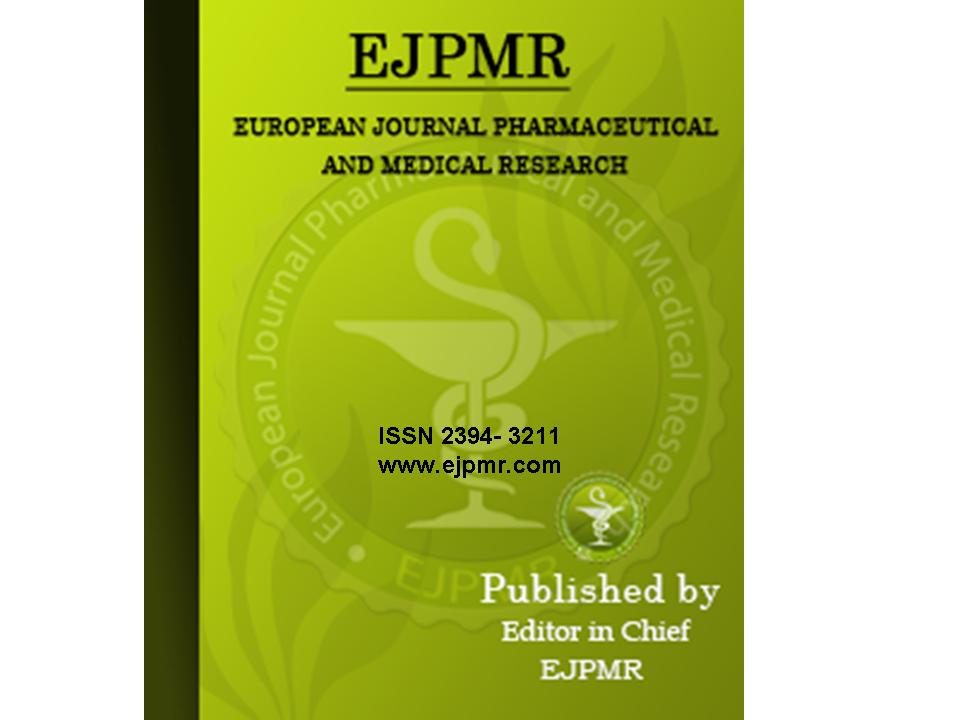To evaluate the efficacy the possible mechanism of action of strontium ranelate (SR) in the treatment of knee OA induced by mono-sodium-iodoacetate (MIA) as a new indication of this drug, also, to detect whether cartilage oligomeric matrix protein (COMP) is a reliable biomarker that can facilitate the diagnosis of osteoarthritis (OA). Methods: twenty-four adult male Swiss albino rats weighing 150–200 gm were assigned randomly into 4 groups, 6 rats in each: group I (control group), group II (SR-treated group), group III (MIA-induced OA), and group IV (MIA-induced OA + SR) group. Weights, knee diameters, knee bend scores were recorded on days 0, 1, 7, 14 and 28. On day 29 all animals were sacrificed, blood samples and synovial fluid of knee joint were collected; cartilage oligomeric matrix protein (COMP), superoxide dismutase (SOD), catalase (CAT), malondialdehyde (MDA) levels were measured. The knee joints were removed and stained with H&E and Masson trichrome stains for histopathological and effect on collagen fibers evaluation. Results: Serum and synovial fluid levels of COMP, MDA, knee diameter and knee bend score were increased while SOD and CAT activities decreased in MIA-induced OA group associated with histopathological changes of OA. SR succeeded in amelioration of these parameters and preserve normal joint architecture compared to MIA-induced OA group. Conclusions: Higher serum and synovial COMP, however, reduction in antioxidant enzyme levels in MIA-induced OA. SR can ameliorate not only the antioxidant scavenging enzymes, but also pathological cartilage degradation, and can be considered as an effective drug in the management of knee OA.


